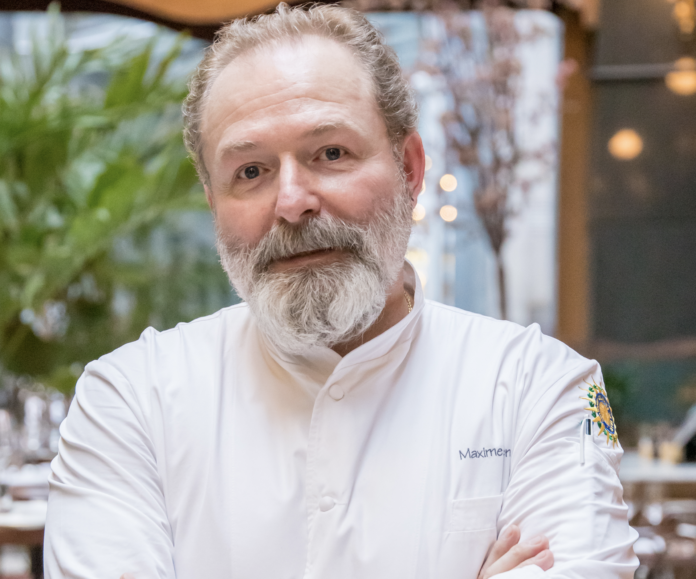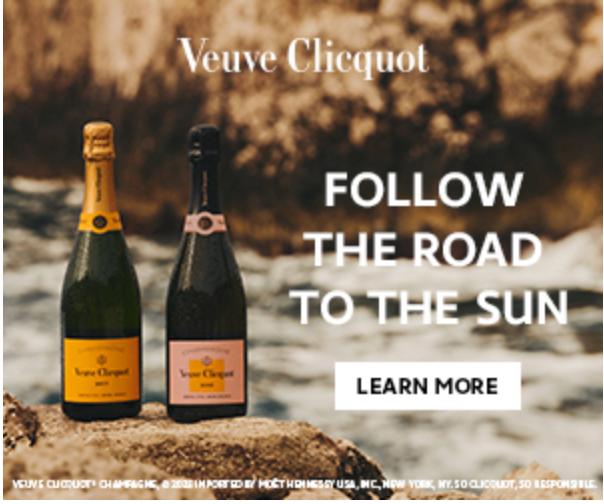Manhattan’s La Grande Boucherie Executive Chef Maxime Kien explains the World’s Culinary Scene and ranks NYC.
Chef Maxime Kien is the new Executive Chef of NYC’s The Group, responsible for La Grande Boucherie, Boucherie Union Square, Boucherie West Village, Petite Boucherie and more.
And by the end of 2023, they’re launching even more restaurants throughout the United States.
Born and raised in the South of France and with 20+ years of fine dining experience in Europe and the United States, today’s conversation is about the world’s culinary scene and where New York City fits on the list among the best.
What do you think of New York City’s culinary scene? Where does it fit within the world’s best?
I’m new in town. I’ve been here for three months. I was fortunate [that] I’ve been in America since 1999, so I was able to come to New York a few times before and I like the vibe of it. I like the atmosphere, I like the speed of it. There’s always something happening. Everybody’s always hustling, people are always in a rush. I lived in London for five years, so it kind of reminds me of that time. I’m really enjoying my time here.
There are few cities around the world like the Big Apple, the mix of everything, the mix of culture.
When you walk down the street, around the corner, all the food, it smells awesome.
[In New York City, ] you have the opportunity to be able to see so many different cultures, so many different foods in just one small area. Then you get on the subway and you can be in Chinatown, you can be in Koreatown, you can go anywhere and taste everything. That’s what I’m enjoying so far.
New York City cuisine can be everything and anything. You can walk home and pass by a little Korean restaurant and the aroma is gonna take you in. Or you can pass by a food stand on the street and the guy’s just doing his job making it smell great and you’re like, ‘I need to try that for lunch.’
[You can find] a shop that makes a beautiful sandwich, [and think] I need to do that. They do ketchup fresh every day. And they slice the prosciutto and the pastrami and that, and you’re like, I need to go and try that.
France for a long time was the culinary center of the world. I’m sure that some of my French colleagues and French chefs might not agree with what I’m going to say, but it’s like, it’s a mix of everything.
Then Spain came up with a lot of tapas and a lot of influences. Asian food has always been there. Even if a lot of Asian chefs, especially in Japan, actually went to Europe to train with famous French chefs to learn techniques. They were introduced to those techniques and used that to develop the culinary scene in Japan, Bangkok, Singapore, Hong Kong. Being able to use the French technique and mix it with some flavors from their own country.
But New York is easily in the top 10 culinary destinations in the world.
Tell us about the next steps of NYC’s The Group launching several restaurants throughout the United States
The company [The Group NYC] started about 11 years ago with the vision of Emil Stefkov, the owner. He opened the first restaurant and the company grew pretty quickly after that.
The company almost quadrupled its size within a few years. Then because of Covid, everything was touch and go. But now we have a few projects coming up. We have Miami, Washington DC and Chicago. We’re gonna add another eight restaurants to the portfolio. We’re gonna double the size of the company within a short amount of time.
Well, there’s a lot of moving parts between developing the kitchen and having a look at the plans — we need to do this, this is where the pantry needs to be here. You know, and they’re talking about many developments and research and the staffing. There’s so many components. It’s not only like ‘We’re gonna open the restaurant.’ There is so much work behind that. You’re looking at the location. You have to think back to seasonal and local [ingredients and menu].
It’s all different food scenes. Even if you have core items from the menu, because they’re your identity, you have to look at every single location as an almost separate entity and be able to say, ‘This dish might not work over there, but it’s gonna work right here.’ So develop all of that and being thoughtful about everything.



